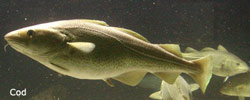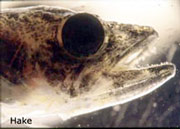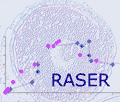 The traditional stock-recruitment models assume that spawning stock biomass is proportional to reproductive potential, which implies that the survival chances of progeny does not change with age or size of the parents. However, the reproductive potential of a population is a measure of the capacity of the population to produce viable eggs and larvae in a given year. This concept goes beyond the simple estimation of spawning stock biomass. The traditional stock-recruitment models assume that spawning stock biomass is proportional to reproductive potential, which implies that the survival chances of progeny does not change with age or size of the parents. However, the reproductive potential of a population is a measure of the capacity of the population to produce viable eggs and larvae in a given year. This concept goes beyond the simple estimation of spawning stock biomass.
 Recent studies indicate that, for a given population, larger individuals have different reproductive attributes than smaller fish. Moreover, a population comprised solely of the smaller fish is seldom able to compensate the loss of reproductive potential associated with the disappearance of the larger individuals due to fishing. As a response to this change in perception, it is now important to consider reproductive potential in relation to population demographics in cod and hake recovery plans. The present very low number of spawning fish strengthens this view. Recent studies indicate that, for a given population, larger individuals have different reproductive attributes than smaller fish. Moreover, a population comprised solely of the smaller fish is seldom able to compensate the loss of reproductive potential associated with the disappearance of the larger individuals due to fishing. As a response to this change in perception, it is now important to consider reproductive potential in relation to population demographics in cod and hake recovery plans. The present very low number of spawning fish strengthens this view.
New and existing methods will be developed and evaluated to reduce the cost and improve the accuracy of estimating realised fecundity, previous spawning activity and reproductive potential. The preferred methodology will be applied to samples of cod and Northern hake collected across a large part of their distribution in European shelf edge waters. These results will provide the first comprehensive data set on reproductive potential of these species in relation to biological reference points and stock demography.
| 
